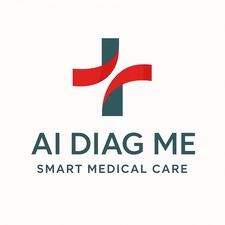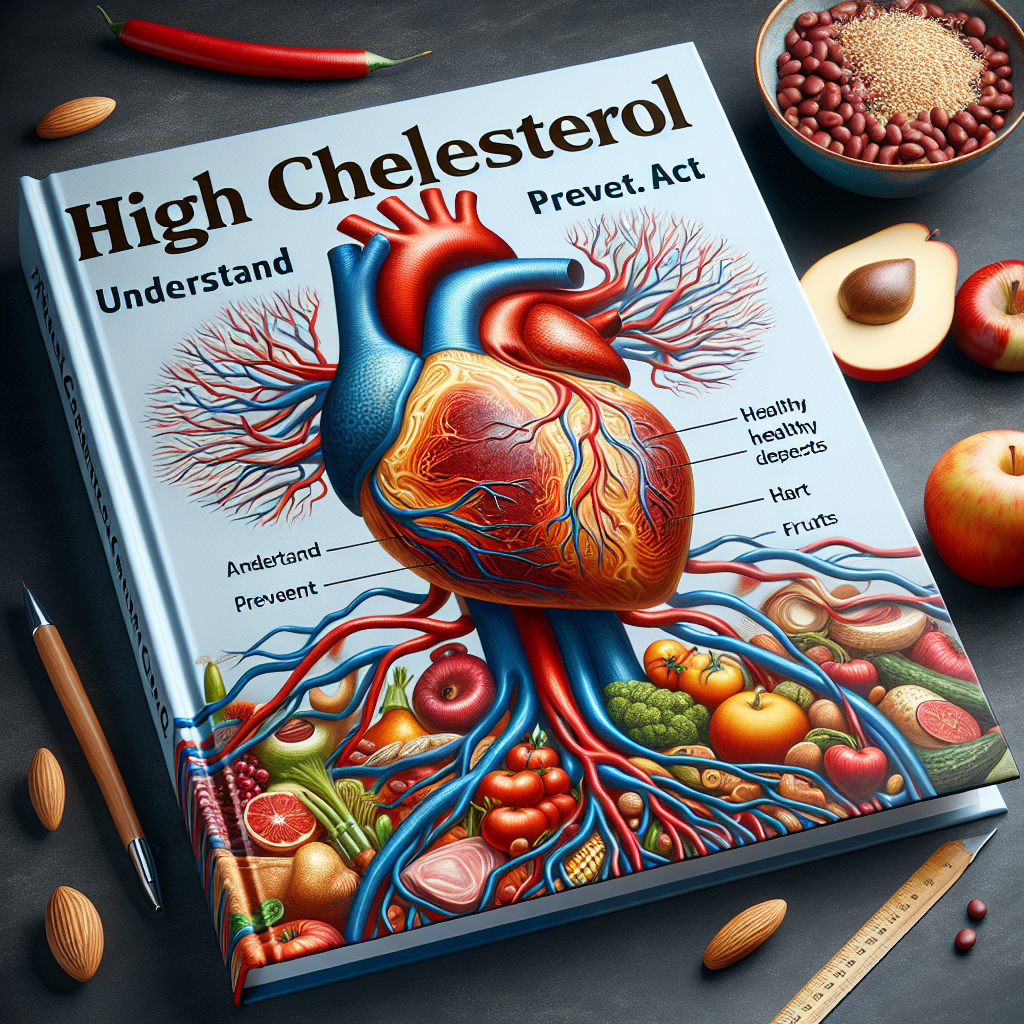What is High Cholesterol?
A high cholesterol level means that the concentration of LDL cholesterol in your blood exceeds recommended values. Your doctor assesses this threshold based on your risk profile. It usually doesn’t cause direct symptoms, which is why doctors often call it a “silent killer.” Unfortunately, high cholesterol silently wreak havoc on the arteries. Fatty deposits, called plaques, accumulate. This narrows and stiffens blood vessels, a phenomenon called atherosclerosis. It obstructs blood flow to the heart and brain. Arteries lose their elasticity, significantly increasing the risk of heart attack or stroke (CVA). Early identification of high cholesterol allows for prompt management.
Causes and Risk Factors
Several factors contribute to high cholesterol levels. Some of these factors are modifiable, while others are not. Diet plays a predominant role. Excessive consumption of saturated and trans fats increases LDL cholesterol. These are found in fatty meats, whole dairy products, and processed meats. Processed foods and pastries also contain a lot. Lack of physical activity is another culprit. A sedentary lifestyle decreases good HDL cholesterol and increases bad LDL cholesterol. Obesity and overweight also influence cholesterol levels, often exacerbating dyslipidemia.
Some risk factors are beyond your control. Genetics predisposes some individuals to high cholesterol. Age is also a factor. Men tend to have higher cholesterol than women before menopause. After menopause, women may see their levels increase. Certain diseases contribute to it. Poorly controlled diabetes or hypothyroidism are examples. Smoking damages blood vessel walls, promoting plaque accumulation.
Symptoms and Signs
High cholesterol often causes no visible symptoms. People can live for years without knowing they have dangerous levels. This is why regular screening is essential. However, later signs may appear, revealing the impact of cholesterol deposits on the body. Chest pain (angina pectoris) may occur, indicating coronary artery disease. Transient ischemic attacks (TIAs) are possible. These mini-strokes are warning signs, indicating cerebral circulatory problems. These late symptoms indicate advanced cardiovascular disease. Fatty deposits can become visibly apparent. Xanthomas or xanthelasmas are examples. Xanthomas are yellowish masses under the skin, while xanthelasmas are found around the eyelids.
Diagnosis: How is High Cholesterol Detected?
Doctors detect high cholesterol with a simple blood test, called a lipid panel. This test measures total cholesterol, LDL cholesterol, HDL cholesterol, and triglyceride levels. The patient must fast for 9 to 12 hours before the test to ensure accurate results. The frequency of screening depends on age and other risk factors. Adults should have their cholesterol checked every five years. Those with a family history of early cardiovascular disease should be screened more frequently.
In cases of diabetes or hypertension, more frequent screening is necessary. Abnormal levels lead to recommendations for lifestyle changes. You may also need to take medication. The doctor establishes a personalized treatment plan, considering the patient’s entire risk profile, not just cholesterol numbers alone.
Treatments and Management
Your treatment strategy for high cholesterol often combines several approaches. Lifestyle changes are the cornerstone of treatment. Adopt a healthy diet, low in saturated and trans fats. Prefer fruits and vegetables. Eat whole grains. Consume lean proteins and healthy fats. Regular physical exercise helps increase good HDL cholesterol and reduces LDL cholesterol. You should aim for at least 150 minutes of moderate activity per week. Weight loss can also have a significant impact. Quitting smoking is also crucial. It improves overall cardiovascular health.
If lifestyle changes are not enough, doctors prescribe medications. Statins are the most common. They reduce cholesterol production by the liver. Other medications are available. Doctors use ezetimibe, which decreases intestinal absorption of cholesterol. Fibrates reduce triglycerides. PCSK9 inhibitors are also an option. They help the liver eliminate more LDL cholesterol. The choice of treatment depends on the severity of cholesterol levels and other risk factors. Your doctor discusses the options with you.
Recent Scientific Advances
Research on high cholesterol is constantly progressing. New therapeutic avenues are emerging. As of June 2025, clinical research is exploring several fronts. Gene therapies and RNAi (RNA interference) play a significant role. These approaches aim to target the production of certain proteins involved in cholesterol metabolism. Clinical trials are currently investigating the efficacy of new molecules that reduce lipoprotein(a) (Lp(a)), an independent cardiovascular risk factor. The understanding of the genetic mechanisms underlying familial hypercholesterolemia is deepening. This opens the way for more precise diagnoses and personalized treatments. Advances in artificial intelligence are also helping. They make it possible to predict cardiovascular risk from complex data. These innovations promise significant improvements. They will improve the prevention and treatment of high cholesterol in the years to come.
Prevention: Is it Possible to Reduce the Risk of High Cholesterol?
Yes. Adopt a healthy lifestyle. This is the best preventive strategy. A balanced diet is paramount. Limit your consumption of saturated and trans fats. Prioritize fiber-rich foods and unsaturated fats (avocado, nuts, vegetable oils). You should include fatty fish. Regular physical exercise is also essential. It helps maintain a healthy body weight. It promotes better lipid balance. Manage your stress. Chronic stress can also influence cholesterol levels. Quit smoking. Smoking has a direct impact on blood vessels. Limit your alcohol consumption. Regular medical check-ups are important. They allow for early detection of high cholesterol. This way, you can implement corrective measures.
Living with High Cholesterol
Managing high cholesterol requires ongoing commitment. Integrate healthy habits into your daily life. Regular medical follow-up remains essential. Work closely with your doctor. You can adjust your treatment if needed. You will need to undergo frequent lipid panels. Adopt a varied and balanced diet. This helps maintain cholesterol levels under control. Regular physical activity also improves your general well-being. It reduces the risk of complications. You should learn to manage your stress effectively. This will positively influence your cardiovascular health. High cholesterol is not a fatality. You can manage it. You will thus significantly reduce your risk of cardiovascular diseases. Support groups can also help you. You will benefit from emotional support and practical advice. Discuss with your healthcare professional. They will adapt your cholesterol management to your situation.
Frequently Asked Questions (FAQ)
Does Cholesterol Play a Useful Role in the Body?
Yes. Your body uses cholesterol to build healthy cells. It also produces hormones. It is vital for vitamin D production.
What are the Main Differences Between LDL and HDL Cholesterol?
Doctors call LDL cholesterol “bad” cholesterol. It contributes to plaque buildup in the arteries. HDL cholesterol is “good” cholesterol. It helps your body remove excess cholesterol from the arteries and returns it to the liver for elimination.
Can High Cholesterol Be Completely Cured?
Yes. It is managed through lifestyle changes and medications. Doctors significantly reduce levels. They often cannot “cure” it in the true sense. Long-term management is necessary.
Can Children Have High Cholesterol?
Yes. Causes include genetics and lifestyle habits. Screening is recommended for children with a family history of early cardiovascular disease or high risk.
What is the Link Between Cholesterol and Heart Disease?
High LDL cholesterol leads to atherosclerosis. This is a hardening and narrowing of the arteries. This increases the risk of myocardial infarction and stroke. Less pliable arteries make the heart work harder. High cholesterol is therefore a major risk factor.
Additional resources
- To extend your knowledge and decipher other markers, more articles are available here.
Confused by your blood test results?
Get instant clarity. AI DiagMe interprets your blood test results online in minutes. Our secure platform translates complex medical data into an easy-to-understand report. Take control of your health today. Visit aidiagme.com to get your personalized insights now.

